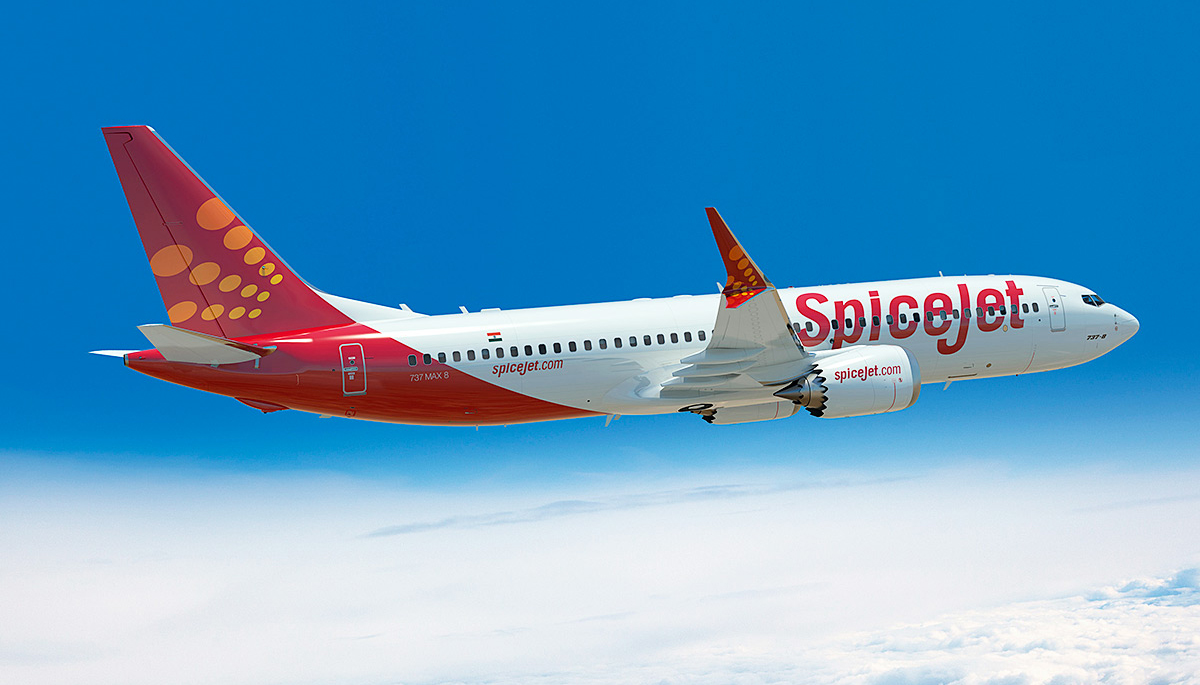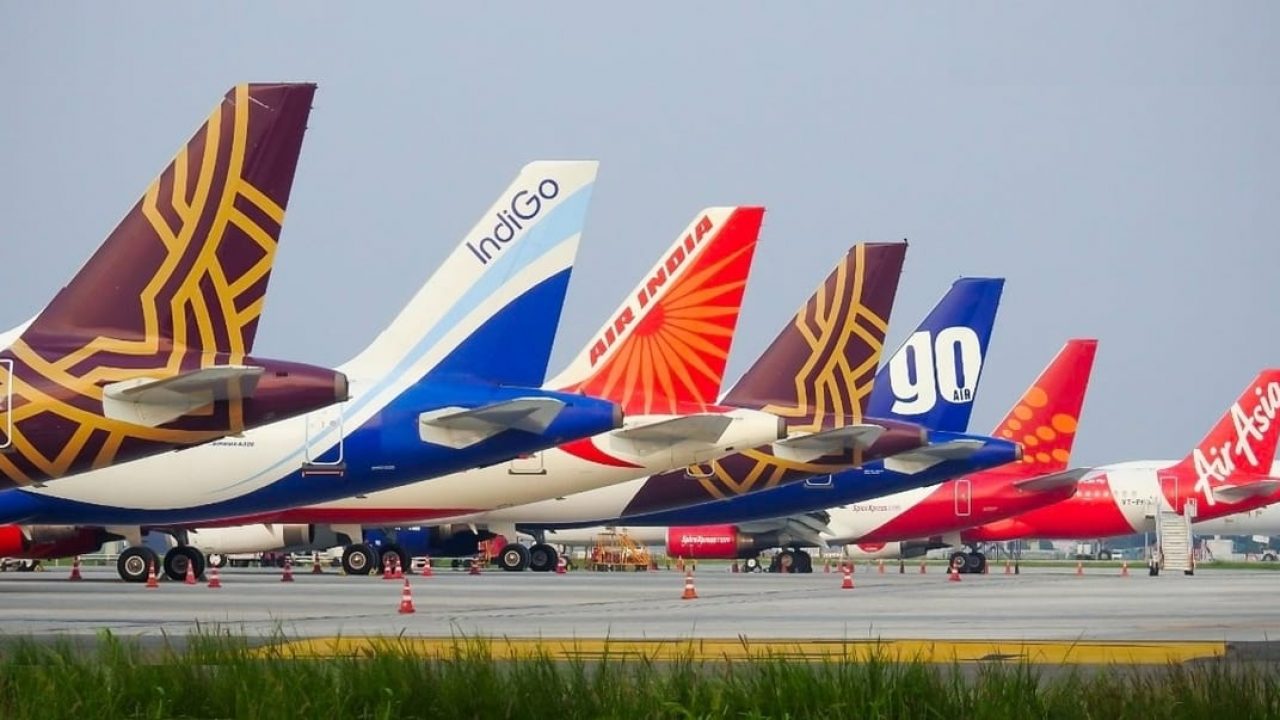SpiceJet Engine Catches Fire During Maintenance: Is Indian Aviation Sector Literally Competitive To Celebrate The National Aviation Week?
The DGCA placed SpiceJet under "enhanced surveillance" earlier this month, citing the budget airline's recent financial difficulties. It also occurred against the backdrop of several lessors attempting to reclaim aircraft leased to SpiceJet, some of which had been resolved by the airline.

Are you ready to celebrate National Aviation Week on August 19? To commemorate the history of aviation, the week is jam-packed with events such as conferences, exhibits, webinars, and so on. The week also coincides with National Aviation Day, which honours the Wright brothers. Are you wondering why this week is being observed? Because the invention of aircraft has resulted in globalisation and the opportunity to travel throughout the world! This year, acknowledge the significance of aviation and kick off the week by honouring the brains that contributed to the magnificent innovation.
But do you genuinely think we are capable enough to mark this great event as the recent news of SpiceJet puts a halt on the same! It seems that our domestic airlines emerge as inefficient in carrying out basic safety features of the plane! Isn’t that strange? Recently, a video surfaced online where flames can be seen emerging from the components of domestic airline SpiceJet. According to the first findings, no damage to the engine or aircraft was discovered. The burning of residual fuel appears to be the most likely source of the incident. The DGCA, the aviation regulator, launched intensified monitoring of SpiceJet and released a statement.
The DGCA placed SpiceJet under “enhanced surveillance” earlier this month, citing the budget airline’s recent financial difficulties. It also occurred against the backdrop of several lessors attempting to reclaim aircraft leased to SpiceJet, some of which had been resolved by the airline. The additional monitoring includes increased night surveillance and spot checks, with the primary goal of ensuring that there is no possible harmful impact on flight operations owing to financial concerns and that there are no “cutting corners” on safety.

And this is not the first time. A year ago, during the monsoon of July, SpiceJet witnessed Eight cases of technical malfunction, flagging safety oversight, inadequate maintenance and payment-related shortage of spares. Just dare to imagine the safety of yourself and your dear ones if they are travelling on these flights!
Why are there so many aviation safety lapses in India?
Despite having standards in place, India ranks lower than many developing nations regarding safe air travel. One of the primary causes is the rapid expansion in the number of airports and aircraft over the previous few years, with this being the case of the pandemic, which hit the backbone of India’s civil aviation industry, consistent with worldwide trends. The airlines have allegedly been impacted by the triple combination of low air travel attitude, rising aviation fuel prices, and a decline in both leisure and business travel during the pandemic.
The DGCA issued a show cause notice on July 5, 2022, stating that its review of the aircraft operation revealed that SpiceJet had, on several occasions, “either returned to its origination station or continued landing to the destination with degraded safety margins.”
The DGCA also stated that a financial assessment of SpiceJet conducted in September 2021 “revealed that the airline is operating on Cash & Carry and Suppliers/Approved Vendors are not being paid regularly, resulting in a shortage of spares and frequent invoking of MELs (Minimum Equipment List),” which is critical to ensure the aircraft’s safety and airworthiness. Can this be a reason for those scary flames coming out of the aircraft?
An Aircraft Accident Investigation Bureau (AAIB) of India investigation found last month that in one of the incidents of cabin pressure failure, the flight personnel failed to adhere to published procedures, resulting in a severe cabin pressurisation incident on a SpiceJet Boeing 737-800 in November 2021.

Furthermore, the pilots failed to notify the cabin crew of the pressurisation problem, “resulting in chaos in the passenger cabin and a lack of situational awareness among the crew members.” According to investigators, the “direct cause” of the severe mishap was the pilot in command’s failure to follow “standard operating procedure to maintain cabin pressure during AUTO/ALT FAIL condition due to inadequate knowledge in handling of pressurisation system in manual mode.” Inadequate crew resource management and training were identified as “latent causes.”Aren’t these symptoms of insufficient pilot and crew training?
Not only SpiceJet, but this aviation giant is also on the list!
And if you think this is the case only with SpiceJet, wait. The famous Indigo is also on the list. After a tailstrike on landing in Ahmedabad, Gujarat, an IndiGo flight crew was removed from the roster. The event occurred on Thursday, June 15. Tailstrikes can occur during takeoff or landing owing to a variety of factors. While tailstrikes seldom cause significant accidents at the time of the encounter, the flaws in the aircraft could come to light years later in devastating ways, compromising the safety of the people on board. And it is not just a single case. Indigo suffered 4 tailstrikes in 3 months!
In research on tailstrikes, Boeing acknowledged that some of its aircraft types might be vulnerable to them, although it attributed the majority of such instances to pilot mistakes and experience. Again the lack of competency in the pilot experience? These recurring incidents point to the incompetency of recruiting pilots in the Indian aviation sector and again jeopardise the safety of the passengers and the crew. Nearly six IndiGo aircraft appear to have experienced tailstrikes in the previous year alone. Ironically, IndiGo is now taking delivery of brand-new Airbus and Boeing aircraft.
)
Conclusion.
While it is OK to diversify and grow the company, the aviation behemoths should actively prioritise improving its current fleet structure and work in cognisance of safety standards. After a month, we will celebrate National Aviation Week, and such mishaps in the aviation sector are a black spot on the name of the development of sky-high innovations!



